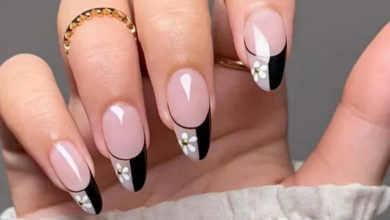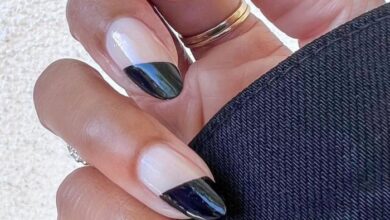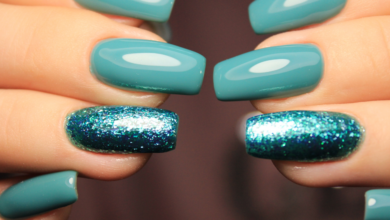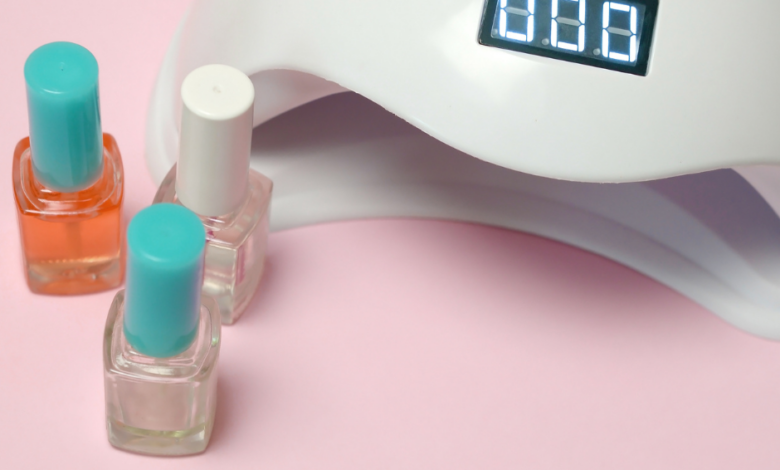
In the world of nail care and design, achieving the perfect manicure often involves more than just choosing the right color or nail art. The technology used to cure the polish plays a crucial role in the durability and quality of the manicure. This brings us to the ever-present debate in the nail industry: UV vs. LED nail lamps. Both have their unique features, benefits, and downsides. Let’s delve into the specifics of each type and help you understand which might be the best choice for your next nail adventure.
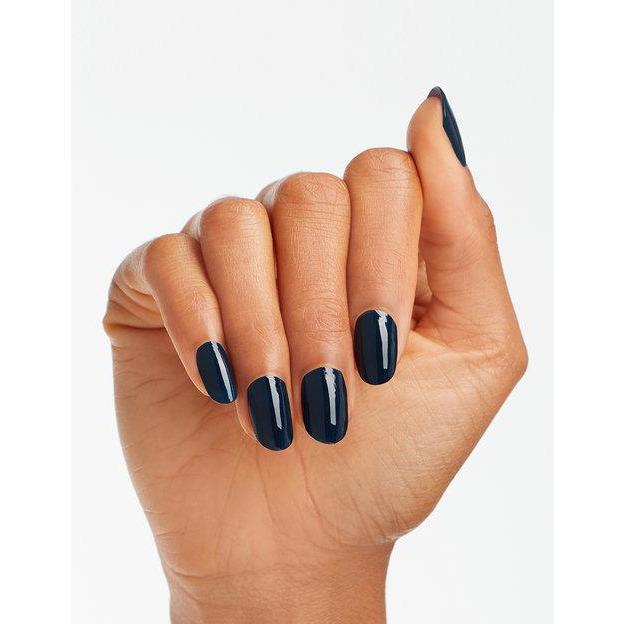
Understanding UV Nail Lamps
UV nail lamps have been the standard in the nail industry for years. They use ultraviolet light to cure gel nail polishes and harden them. Here’s what you need to know about UV lamps:
- How They Work: UV lamps emit a broad spectrum of ultraviolet light, which reacts with the photoinitiators in the gel polish to harden or ‘cure’ it. This process typically takes about 2 minutes per coat.
- Versatility: One significant advantage of UV lamps is their versatility. They can cure almost all types of gel polishes, making them a universal tool in nail salons.
- Cost: Generally, UV lamps are more affordable than LED lamps. This makes them an attractive option for both professional and at-home use.
- Health Considerations: There’s been some concern about the exposure to UV light and its potential harm. Regular use of UV lamps has raised questions about skin aging and the risk of skin cancer, although the risk is considered to be low.
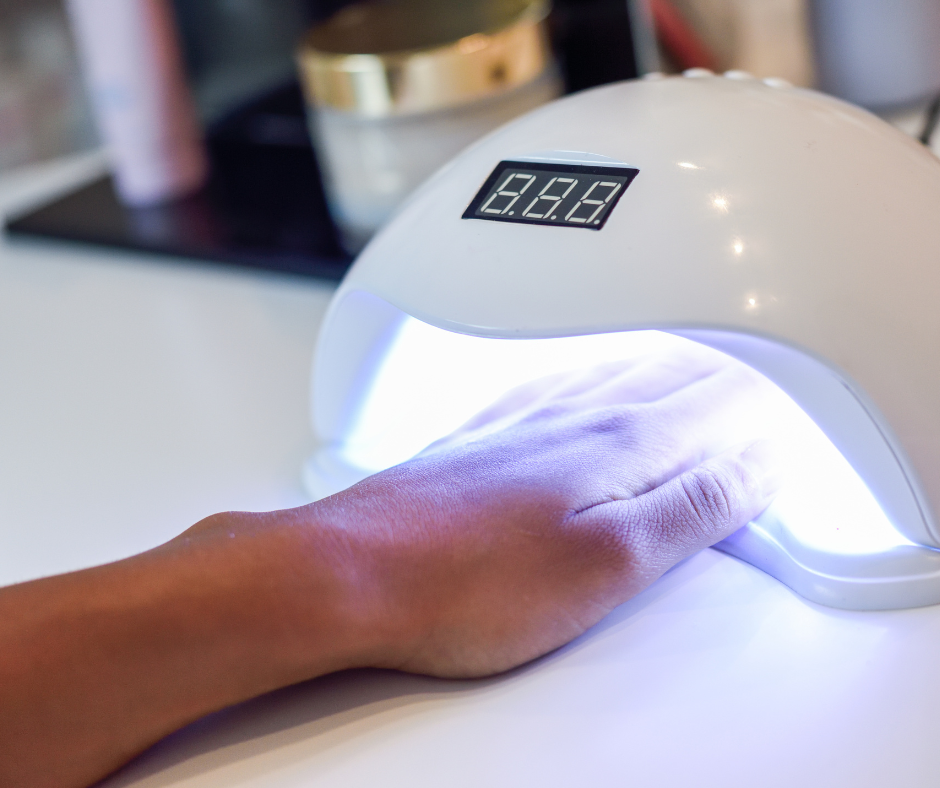
UV Nail Lamp
Exploring LED Nail Lamps
LED nail lamps are a newer technology in the world of manicures. They represent an evolution in the curing process with several distinctive features:
- How They Work: LED lamps use light-emitting diodes to produce UV light. However, they only emit a narrower spectrum of UV light. This is sufficient to cure LED-specific gel polishes quickly.
- Speed: The biggest selling point of LED lamps is their speed. They can cure gel polish in as little as 30 seconds, significantly faster than UV lamps. This can be a massive time-saver in a professional setting or for an individual in a hurry.
- Energy Efficiency: LED lamps are more energy-efficient than their UV counterparts. They require less electricity to operate and have a much longer bulb life, sometimes lasting for years without needing a replacement.
- Compatibility: LED lamps are not as versatile as UV lamps. They can only cure polishes formulated for LED curing. This means your choice of polishes might be limited.
- Cost: LED lamps tend to be more expensive upfront. However, considering their speed and energy efficiency, they can be a cost-effective choice in the long run.
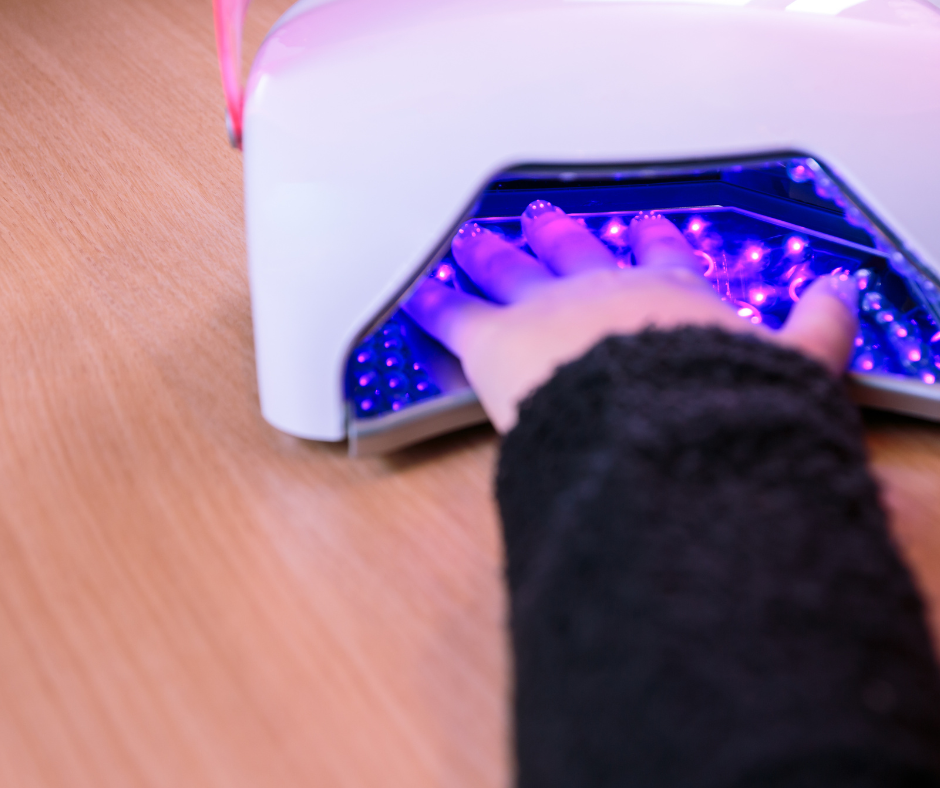
LED Nail Lamp
Safety Considerations: UV vs. LED Nail Lamps
A crucial aspect to consider when comparing UV and LED nail lamps is safety. While the convenience and results of both technologies are important, understanding their impact on health is vital. Here’s a breakdown of the safety considerations for each type of lamp:
- UV Nail Lamps and Health Risks: The primary concern with UV lamps stems from their emission of UV light, similar to what you’d find in sunlight. Prolonged exposure to UV radiation is known to increase the risk of skin aging and skin cancer. However, the level of exposure from a UV nail lamp is relatively low compared to direct sunlight. According to research, while the risk is not negligible, it’s considerably less than the danger posed by regular sun exposure. To mitigate risks, some users opt for protective gloves that expose only the nails or use high-SPF sunscreen on their hands.
- LED Lamps – A Safer Alternative?: LED lamps emit UV rays as well, but the spectrum of light is narrower, and the exposure time is significantly shorter due to the faster curing process. This potentially reduces the risk associated with UV exposure. However, it’s important to note that “safer” does not mean “risk-free.” Any exposure to UV light, whether from the sun, a UV lamp, or an LED lamp, carries some level of risk.
- Other Safety Considerations: Beyond UV exposure, it’s also important to consider factors like eye safety. Direct exposure to intense light can be harmful to the eyes, so it’s advisable to avoid looking directly at the light source in both UV and LED lamps.
- Industry Standards and Regulations: Both UV and LED nail lamps are subject to industry standards and regulations to ensure they are safe for consumer use. When purchasing a lamp, look for products that meet these standards.
- Recommendations for Safe Use: Regardless of whether you choose a UV or LED lamp, there are ways to minimize risk. Limiting the frequency of manicures, using UV-protective gloves, applying sunscreen to the hands, and ensuring you purchase lamps that comply with safety standards are all effective measures.
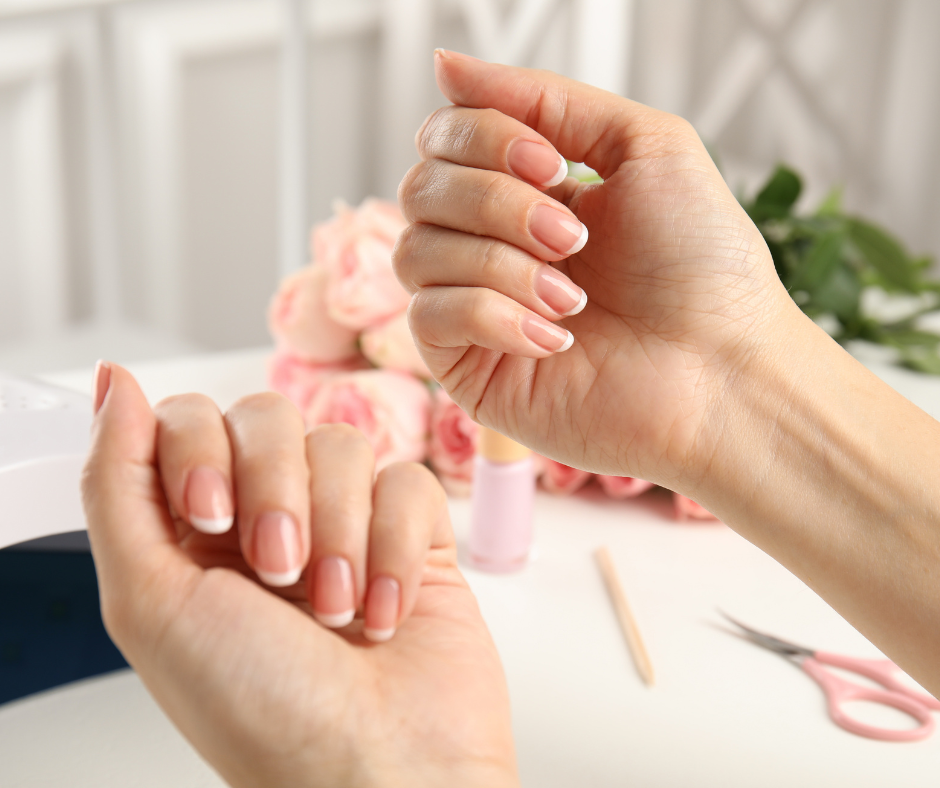
Manicure
Making the Right Choice
When deciding between a UV and LED lamp, consider your specific needs:
- If you need a lamp that is compatible with a wide range of gel polishes and is more affordable, a UV lamp might be the way to go.
- If you value speed, energy efficiency, and are willing to invest a bit more upfront for these conveniences, then an LED lamp could be your ideal choice.
Conclusion
In conclusion, both UV and LED nail lamps have their unique advantages and disadvantages. The choice between the two largely depends on personal preference, specific needs, and the type of gel polishes you use. Whether you’re a nail salon professional or a DIY manicure enthusiast, understanding these differences can help you make an informed decision for your nail care routine, ensuring that every manicure is not only beautiful but also efficiently achieved.

